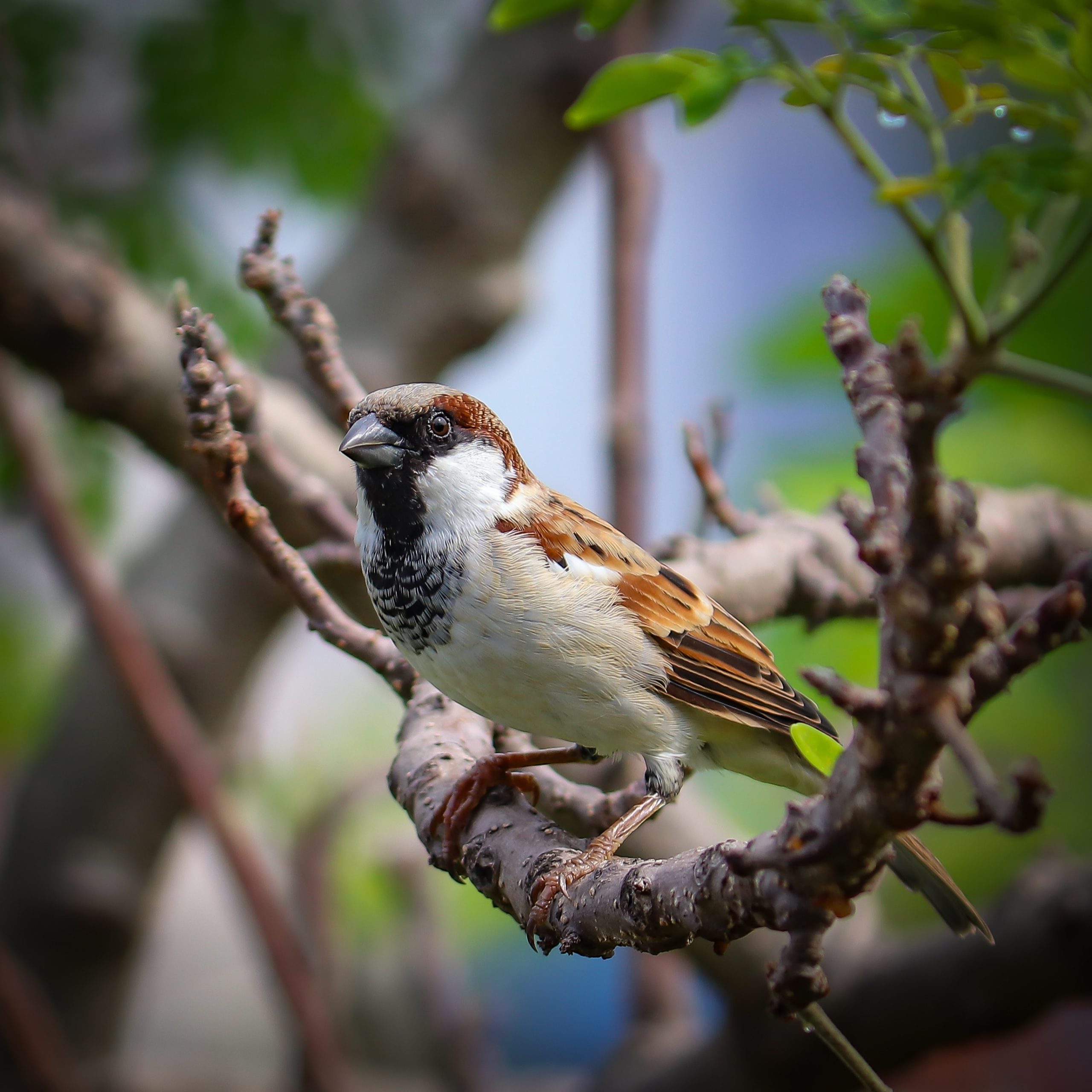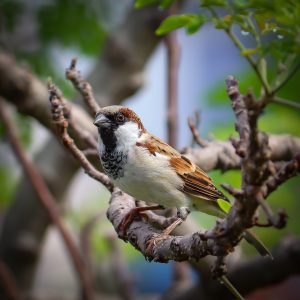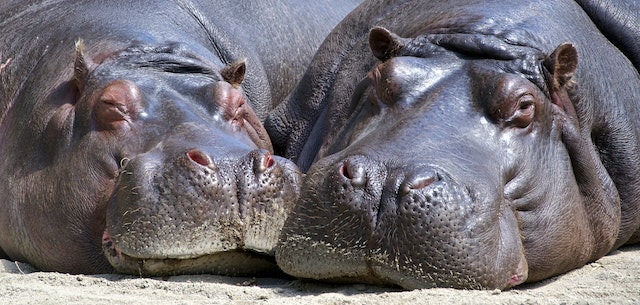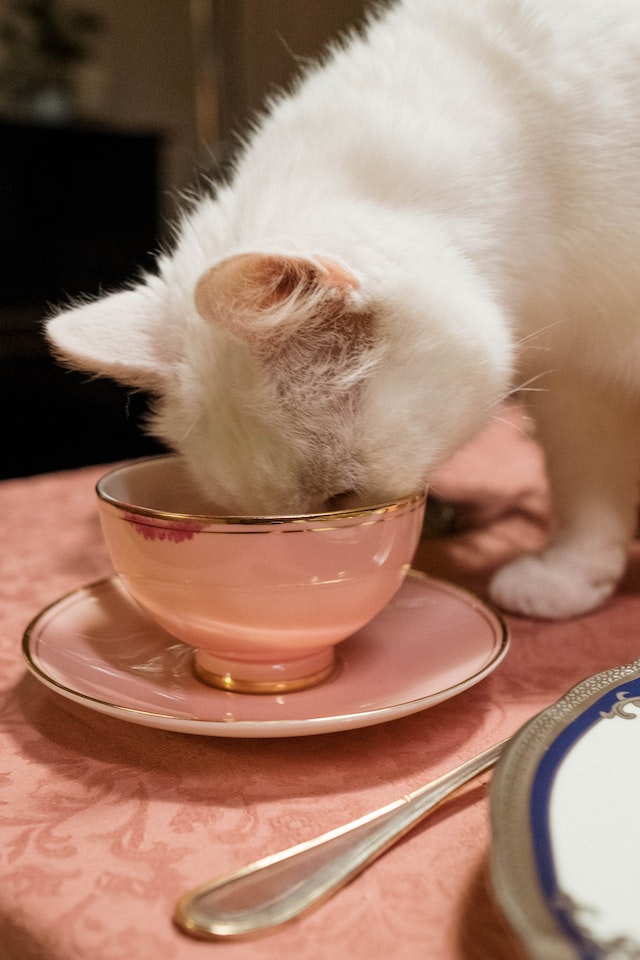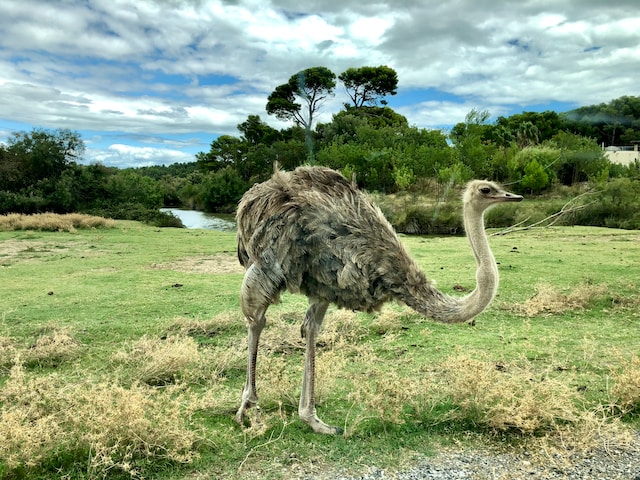Introduction
Welcome to a journey into the intriguing world of sparrows. I’m Dr. Sarah Williams, a renowned ornithologist with a Ph.D. in Avian Ecology from the University of Cambridge. With decades of experience, my mission is to reveal the hidden truths behind the behavior and habits of these fascinating birds. Whether you’re an aspiring ornithologist or simply curious about the secret lives of sparrows, this in-depth exploration will leave you astounded.
The Sparrow Family
The sparrow family, Passeridae, contains some of the most adaptable and captivating birds on the planet. Let’s delve into the key features of these small, unassuming creatures that hide remarkable secrets.
| Key Feature | Description |
|---|---|
| Size | Small to medium-sized, typically 4-9 inches in length |
| Plumage Diversity | Varied plumage patterns and colors depending on species |
| Songs and Calls | Unique vocalizations, often used for communication |
| Feeding Behavior | Varied diet, including seeds, insects, and fruits |
Sparrow Species Worldwide
Sparrows are a diverse family, with numerous species displaying distinct behaviors and characteristics. A few notable species include the Eurasian Tree Sparrow, the American Tree Sparrow, and the White-throated Sparrow. Below, you’ll find a summary of their intriguing differences:
| Sparrow Species | Range | Notable Feature |
|---|---|---|
| Eurasian Tree Sparrow | Asia and Europe | Tree-nesting and urban adaptability |
| American Tree Sparrow | North America | Ground-dwelling and winter plumage |
| White-throated Sparrow | North America | Melodic song and dual plumage |
The Enigmatic Habits
Sparrows’ enigmatic habits have always fascinated ornithologists and nature enthusiasts. Their behaviors, often concealed from plain sight, reveal a world of secrets:
- Intricate Courtship Rituals: Sparrows engage in elaborate courtship displays, often involving singing, dancing, and even gifts.
- Social Structures: Many sparrows live in complex hierarchies, where dominant individuals secure the best nesting sites and resources.
- Nesting Secrets: Sparrows are expert nest builders, often selecting well-concealed locations to protect their young.
Photo by aniket solankar on Unsplash
The Unusual Feeding Habits
Sparrows are opportunistic feeders, taking advantage of available food sources. Their dietary flexibility is nothing short of astonishing:
- Seed Specialists: Many species, like the House Sparrow, primarily feed on seeds and grains, making them common visitors to bird feeders.
- Insect Eaters: Some sparrows, such as the Savannah Sparrow, have a preference for insects, especially during the breeding season.
- Fruit Fans: A few species enjoy berries and fruits, showcasing their adaptability to different food sources.
The Hidden World of Sparrows
Sparrows have more to them than meets the eye. They’ve adapted to human-dominated landscapes, showcasing their remarkable survival skills. These small birds continue to thrive, even in urban environments, reminding us of the resilience of nature.
Conclusion
The secret lives of sparrows are a testament to the wonders of the avian world. I hope this revealing exploration has unveiled the hidden truths behind their behavior and habits. The next time you observe these seemingly ordinary birds, remember the remarkable secrets they carry, adding a touch of mystique to your birdwatching experiences.
Knowledge Source:
Dr. Sarah Williams is a distinguished ornithologist with a Ph.D. in Avian Ecology from the University of Cambridge. With a career spanning over three decades, her research has shed light on the secret lives of sparrows. Dr. Williams is a prolific author and speaker, dedicated to sharing her passion for ornithology with a wide audience.






